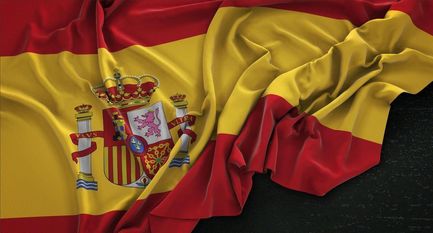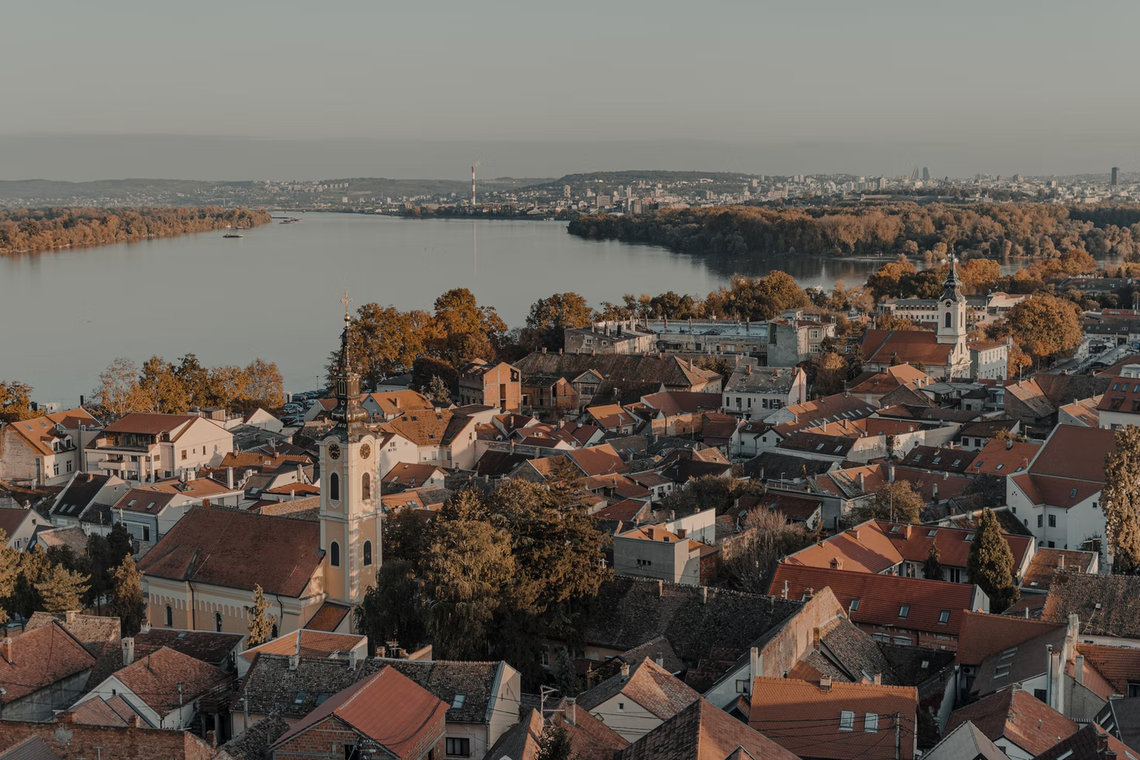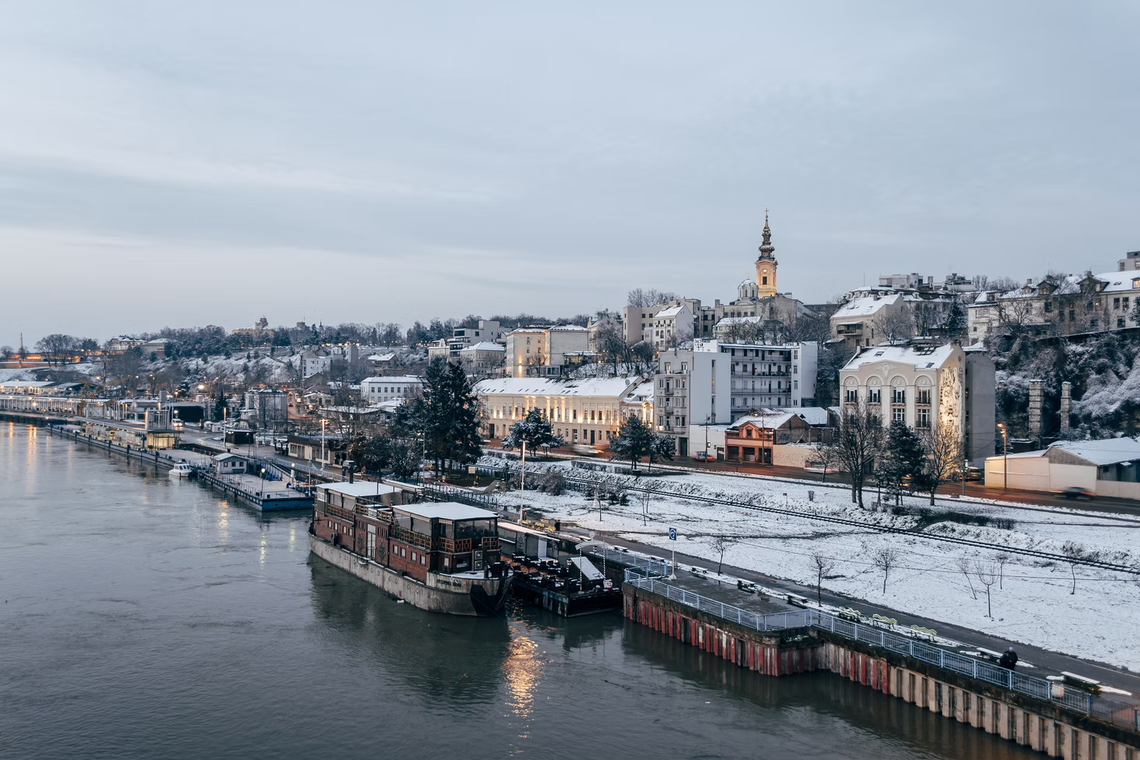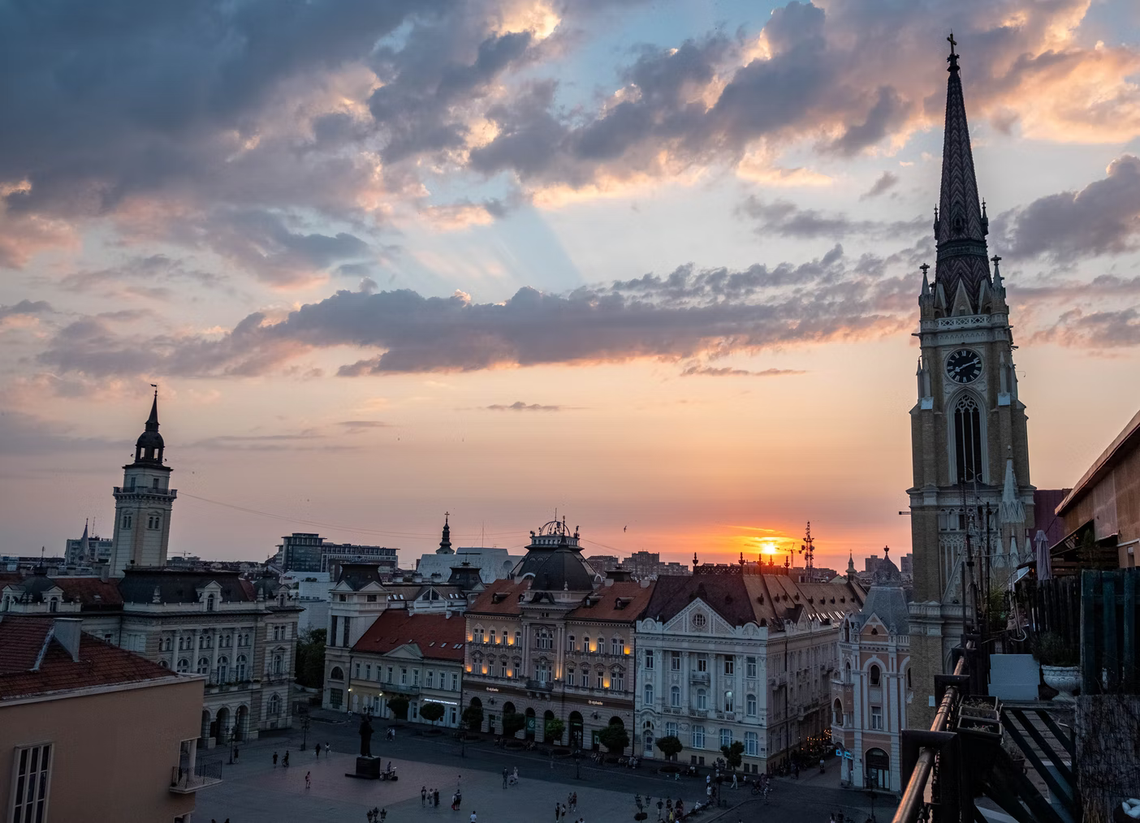
Apply to a foreign university with confidence
- Properly fulfilled documents
- Perfect motivation letter
- Support from a personal mentor
- Offers from several universities
Article score: 4 out of 5 (5 reviews)
Language courses in Serbia are suitable if you want to quickly master the language, get to know the unique culture and history of the country, and prepare for admission to a Serbian university. Despite the fact that Serbian is not very popular in the world, language courses in Serbia offer a variety of options for learning the language.
Free consultation
| School | Program | Number of weeks | Tuition/week | Cities | Homestay | Hostels |
|---|---|---|---|---|---|---|
Serbian Language and Culture Workshop | Intensive 20* | 1-48 | 130-277 USD | Belgrade, Valjevo | 198 USD | 47-198 USD |
| Standard 10* | 10-40 | 249 USD | ||||
| Summer School 10-30* | 1-16 | 130-277 USD | ||||
| Summer School for Kids and Teenagers 10* | 1-10 | 215 USD | ||||
| Preparation for university 10* | 16 | 1,232 USD | ||||
| Weekend Course 5* | 1-2 days | 68-102 USD |
* number of lessons per week
| Type of program | Intensity | Group | Min. language level | Avg. cost |
|---|---|---|---|---|
| Standard Serbian | 2-10 | 6-10 | Beginner | 249 USD/week |
| Intensive Course | 10-30 | 6-10 | Beginner | 203 USD/week |
| Summer School | 5-30 | 6-10 | Beginner | 407 USD/course |
| Serbian Weekend Course | 4-6 per day | 5-10 | Beginner | 68 USD/course |
| Preparation for National Exam on Language Proficiency | 10-30 | 6-10 | Beginner | 1,232 USD/course |
| Preparation for University | 4-10 | 8-10 | Beginner | 119 USD/semester |
| Semester Course | 4 | 8 | Beginner | 282 USD/semester |
| Individual Course | Individual | 1 | Beginner | 11 USD/session |
| Online Course | Individual | 1-8 | Beginner | 407 USD/course |
Several options are available to study Serbian:
You can learn Serbian at the language centers of leading universities in Serbia: Belgrade, Novi Sad, and Niš. Courses are held during the academic year — from October to May, while summer programs take place for three weeks in July. One of the key advantages of studying at a university is the opportunity to use university resources: libraries, reading rooms, sports centers, and student canteens. Moreover, you can attend university parties and communicate with Serbian students.
Centers at universities mainly offer semester and one-year courses. Programs at university centers are suitable both for language learning and as preparation for university studies and language exams. The curriculum includes lectures and seminars where students hone their reading and writing skills in Serbian, as well as study grammar rules and vocabulary. The courses are suitable for all levels of Serbian proficiency, given that beginner classes are conducted in English.
The language centers of the universities in Belgrade and Novi Sad are accredited and have the right to conduct the national language exam. A certificate confirming knowledge of Serbian is a mandatory document for university admission and employment in Serbia. The exam can be taken three times a year (in January, June, and September) for 169 USD.
After completing the course or summer program, you will be issued a certificate indicating the number of credits received during the course (on average, 5-6 ECTS per semester). If you later study at a Serbian university, these credits will be counted towards the required amount for graduation.
Both universities and private language schools in Serbia offer summer schools and camps for adults, children, and teenagers of all proficiency levels.
In addition to classes, students go on excursions in Belgrade and Novi Sad, visit medieval castles in the Vojvodina region and Novi Pazar, play football and basketball, do yoga and tai chi, and go rafting down the mountain river Tara. In addition, you can attend lectures on Serbian history and literature for a closer acquaintance with the country.
In addition to summer programs, weekend courses are available at private schools. In these courses, you can master the most basic knowledge of Serbian in two to three days. At the end of the course, you will know the Serbian Cyrillic and Latin alphabets, be able to introduce yourself, make an order at a cafe, call a taxi, and ask for directions in Serbian. The study is combined with excursions, lectures at the Belgrade Gallery, and master classes on the preparation of traditional Serbian dishes.
Serbian can be studied at university centers and private language schools. They are located in popular tourist cities — Belgrade and Novi Sad. Recruitment for university courses takes place twice a year: at the beginning of the autumn and spring semesters, you can enroll at private language schools once a month.
How to enroll in a Serbian language course:
If you cancel a course before classes start, the school or university center may withhold up to 60% of the course fee.
Another difficulty lies in the application deadlines — registration for university courses closes a week before the start of the semester. After the deadline, you cannot enroll in the course and you will have to wait for the start of the next semester or exam date.
Serbian language schools and universities do not offer spots at dormitories and residences. Private schools can arrange accommodation in a Serbian family or hostel.
The curriculum of a language course depends on whether you study at a private school or university center.
Courses at universities are aimed at preparing for university studies and passing the international language exam. Classes are held at the university in the format of lectures and seminars.
Courses at private language schools combine study and leisure: students study Serbian in the morning, and in the afternoon they visit local attractions, get acquainted with the traditions of the country, take part in master classes, and attend entertainment events. As a rule, activities are included in the price of the course.
| Accommodation options | Meals | Number of people per room | Min. cost | Avg. cost |
|---|---|---|---|---|
| Homestay | Half board or full board | 1-2 | 124 USD/week | 198 USD/week |
| Apartment | None | 1-3 | 59 USD/week | 94 USD/week |
| Hotel | Optional | 1-2 | 20 USD/day | 60 USD/day |
| Hostel | None | 1-10 | 47 USD/week | 119 USD/week |
For a trip to Serbia for up to 30 days, students from some countries do not need to apply for a visa.
Documents for crossing the Serbian border:
As a rule, you only need a passport to get a short-term visa to Serbia. However, you may be asked to present other documents at the border.
Holders of a Schengen visa or a residence permit in the European Union and Schengen area can stay in Serbia for up to 90 days.
To stay in Serbia for a longer period, you must obtain a national category D visa. It is issued for 1 year, regardless of the purpose of the trip.
Documents for a Serbian national visa:
| Expenses | Min. | Avg. |
|---|---|---|
| Consular fee | 124 USD | 124 USD |
| Medical insurance | 470 USD | 470 USD |
| Airport transfer | 23 USD | 23 USD |
| Language exam | 169 USD | 169 USD |
| Service | Cost |
|---|---|
| Complete guidance in registering for courses — language schools abroad | 38,000 ₽ |
| Complete guidance in the admission process — university language courses | from 75,000 ₽ |
| Visa guidance | 32,000 ₽ |
For employment in Serbia, you will need a category D visa and a work permit. Students can work 20 hours per week. The average salary is 11 USD per hour[2]. If you study Serbian at a university center, you can find work on campus: in the library, canteen, or administration. In addition, students earn extra money as sales associates, gardeners, waiters, nannies, or English tutors.
Another interesting point is the unemployment rate in Serbia. In 2021, it was 11%[3]. For comparison, the average in Europe is 7.2%[4], and in neighboring Bulgaria it is about 4.8%[5]. Therefore, the chances of finding a job in Serbia are low, especially without knowledge of Serbian and citizenship. Both citizens and foreign migrants note that it is very difficult to find a job in Serbia.
The Center at the University of Belgrade was founded in 1986 at the Faculty of Philology. It offers full semester courses and a 3-week summer program. Face-to-face lessons are held in the university classrooms. The cost of the intensive course is 678 USD per semester, while online courses will cost 407 USD for 12 weeks.
At the University of Belgrade, you can take the national Serbian proficiency exam three times a year and receive a certificate corresponding to the CERF. The cost of the exam is 169 USD.
The center began operating in 2002 at the Department of Linguistics of the Faculty of Philosophy. It helps students learn Serbian within semester programs, prepare for university admission, and pass the national Serbian proficiency exam. The courses are intended not only for students, but for everyone who wants to learn the language. The center also has the right to conduct the national examination and issues supporting certificates.
The cost of a course is from 119 USD to 271 USD per semester, depending on the language level.
There is also a summer program at the Novi Sad University Center. The duration of the program is three weeks. Students combine language learning with lectures on Serbian history, literature, and culture, excursions around Novi Sad, and meetings with Serbian writers. All activities are held in Serbian. The cost of the summer program is 847 USD, which includes a language course with an intensity of 25 hours per week, study materials, accommodation, meals, and extracurricular activities.
The language school is located in Belgrade and offers a variety of courses:
The curriculum for the school is developed by experts from the University of Belgrade. In addition to studying Serbian, students study the culture and history of the country, attend excursions, and play sports.
Classes are held all year round, with the duration of the courses being from 2 days to 48 weeks.
The weekly average cost of the course, with an intensity of 20 hours per week, is 203 USD. Extracurricular activities and study materials are included in the price. The school offers homestay options and helps students find a hostel in the center of Belgrade.

| Population | 1.6 million people |
| Monthly expenses | 554 USD/month |
| Attractions | Kalemegdan, Belgrade Fortress, Nikola Tesla Museum, Military Museum, Republic Square |

| Population | 300 thousand people |
| Monthly expenses | 504 USD/month |
| Attractions | Gallery of Matica Srpska, Museum of Vojvodina, City Hall, Church of St. Mary, Danube Park, Petrovaradin Fortress |
60+ countries
we work with
$1,000,000 saved
by students through scholarships
6,400 offers
our students got